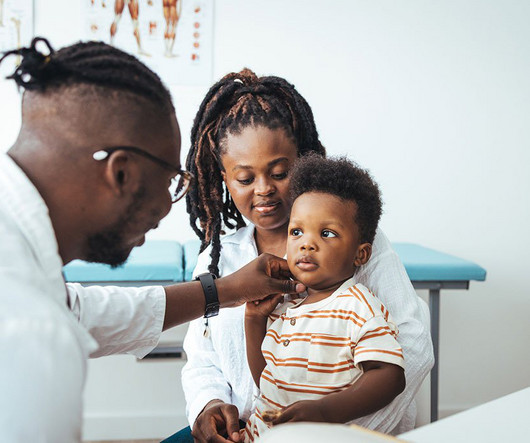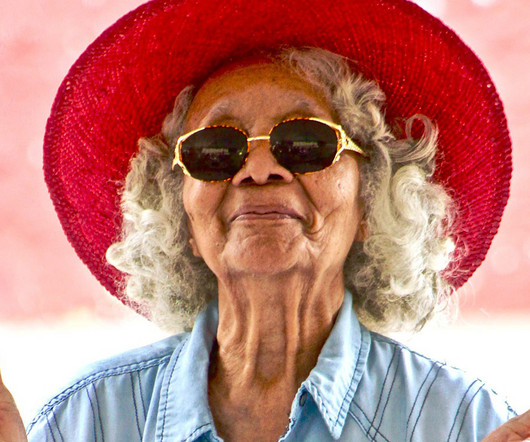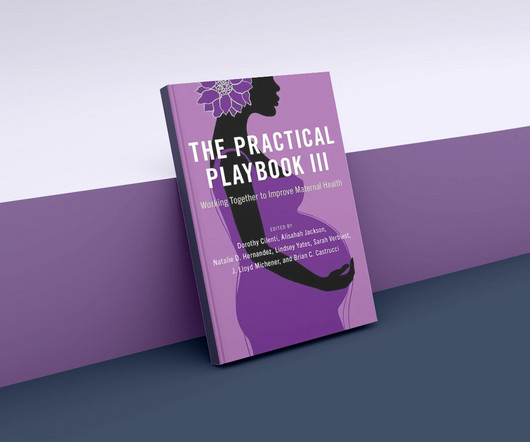Closing Care Gaps: Physician Shortages, Medical Deserts, and Health Disparities
NonProfit Quarterly
MARCH 11, 2024
However, in the United States, the number of physicians and surgeons—including specific medical and surgical specialties that are vital for vulnerable populations—is in decline. Some of the medical and surgical specialties that treat conditions more common in older Americans…are among those most significantly impacted by potential shortages.













Let's personalize your content